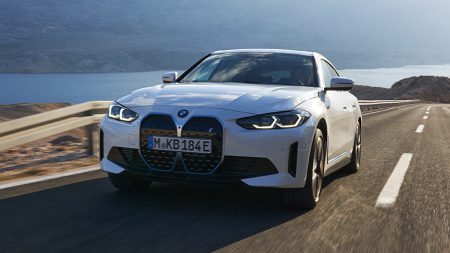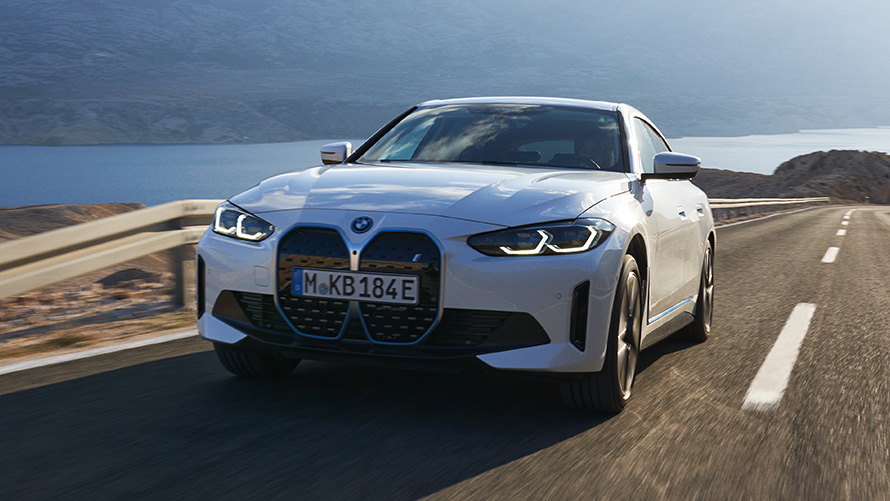To every age dogged with pollution, accidents and congestion, the transport solution for the next generation seems obvious – but the same problems keep coming back
In the 1890s, the biggest cities of the western world faced a mounting problem. Horse-drawn vehicles had been in use for thousands of years, and it was hard to imagine life without them. But as the number of such vehicles increased during the 19th century, the drawbacks of using horses in densely populated cities were becoming ever more apparent.
In particular, the accumulation of horse manure on the streets, and the associated stench, were impossible to miss. By the 1890s, about 300,000 horses were working on the streets of London, and more than 150,000 in New York City. Each of these horses produced an average of 10kg of manure a day, plus about a litre of urine. Collecting and removing thousands of tonnes of waste from stables and streets proved increasingly difficult.
The problem had been building up for decades. A newspaper editor in New York City said in 1857 that “with the exception of a very few thoroughfares, all the streets are one mass of reeking, disgusting filth, which in some places is piled to such a height as to render them almost impassable to vehicles”. As well as filling the air with a terrible stench, the abundance of horse manure turned streets into muddy cesspools whenever it rained. An eyewitness account from London in the 1890s describes the “mud” (the accepted euphemism among prudish Victorians) that often flooded the Strand, one of the city’s main thoroughfares, as having the consistency of thick pea soup. Passing vehicles “would fling sheets of such soup – where not intercepted by trousers or skirts – completely across the pavement”, spattering and staining nearby houses and shop fronts. Manure collected from the streets was piled up at dumps dotted around major towns and cities. Huge piles of manure also built up next to stables and provided an attractive environment for flies.
All of this was bad for public health. The board of health’s statisticians in New York City found higher levels of infectious disease “in dwellings and schools within 50 feet of stables than in remoter locations”, the New York Times reported in 1894. According to one turn-of-the-century calculation, 20,000 New Yorkers died annually from “maladies that fly in the dust”, clear evidence of the dangers posed to health by reliance on horses. To make matters worse, horses were frequently overworked, and when they dropped dead, their bodies were often left rotting on the streets for several days before being dismembered and removed, posing a further health risk. By the 1880s, 15,000 dead horses were being removed from the streets of New York City each year.
Paradoxically, the advent of the steam locomotive and the construction of intercity railway links, starting in the 1830s, had helped make the problem worse. Faster and more efficient transport between cities increased the demand for rapid transport of people and goods within them, which required a greater number of horse-drawn vehicles. “Our dependence on the horse has grown almost pari passu [step for step] with our dependence on steam,” noted one observer in 1872. The result was more horses, more manure – and steadily worsening congestion. One observer in 1870 wrote that Broadway in Manhattan was “almost impassable” at some times of the day. And when the traffic did move, it was deafening, as metal horseshoes and iron-rimmed wheels clattered over uneven surfaces. Straw was sometimes strewn on roads outside hospitals, and some private houses, to reduce the din.

Pollution, congestion and noise were merely the most obvious manifestations of a deeper dependency. An outbreak of equine influenza in North America in October 1872 incapacitated all horses and mules for several weeks, providing a stark reminder of society’s reliance on animal power. The New York Times noted “the disappearance of trucks, drays, express-wagons and general vehicles” from the streets. “The present epidemic has brought us face to face with the startling fact that the sudden loss of horse labor would totally disorganize our industry and commerce,” noted the Nation. Horses and stables, the newspaper observed, “are wheels in our great social machine, the stoppage of which means injury to all classes and conditions of persons, injury to commerce, to agriculture, to trade, to social life”.
Yet societies on both sides of the Atlantic continued to become steadily more dependent on horses. Between 1870 and 1900, the number of horses in American cities grew fourfold, while the human population merely doubled. By the turn of the century there was one horse for every 10 people in Britain, and one for every four in the US. Providing hay and oats for horses required vast areas of farmland, reducing the space available to grow food for people. Feeding the US’s 20 million horses required one-third of its total crop area, while Britain’s 3.5 million horses had long been reliant on imported fodder.
Horses had become both indispensable and unsustainable. To advocates of a newly emerging technology, the solution seemed obvious: get rid of horses and replace them with self-propelling motor vehicles, known at the time as horseless carriages. Today, we call them cars.
In recent years this transition has been cited as evidence of the power of innovation, and an example of how simple technological fixes to seemingly intractable problems will show up just when they are needed – so there is no need to worry about climate change, for instance. Yet it should instead be seen as a cautionary tale in the other direction: that what looks like a quick fix today may well end up having far-reaching and unintended consequences tomorrow. The switch from horses to cars was not the neat and timely technological solution that it might seem, because cars changed the world in all kinds of unanticipated ways – from the geography of cities to the geopolitics of oil – and created many problems of their own.
Read more: The Guardian
It’s Time to Go Green!
If you would like to know more about Solar Panels and the PowerBanx range of home battery systems, and get a free instant quote, please complete our online form:

